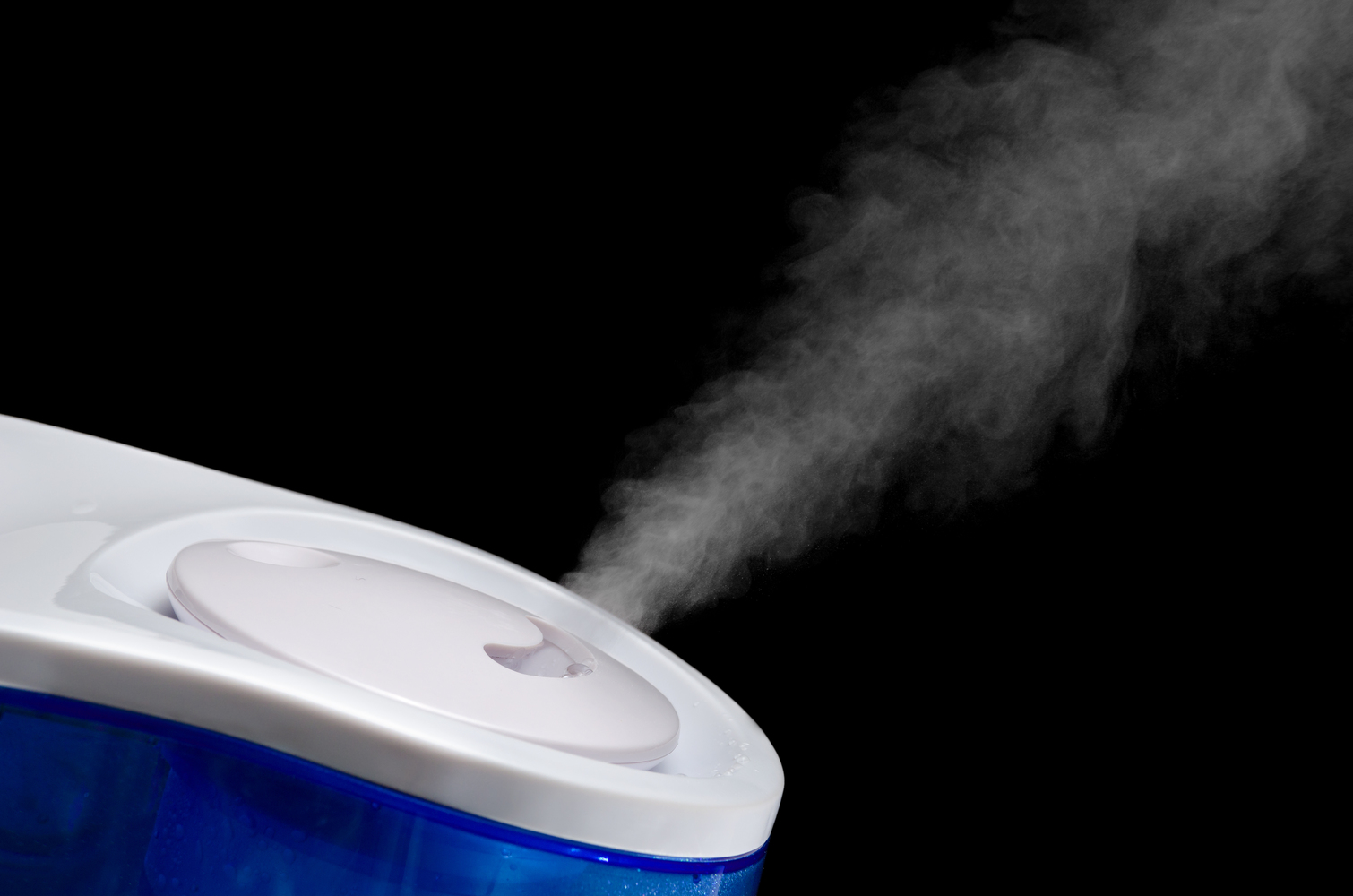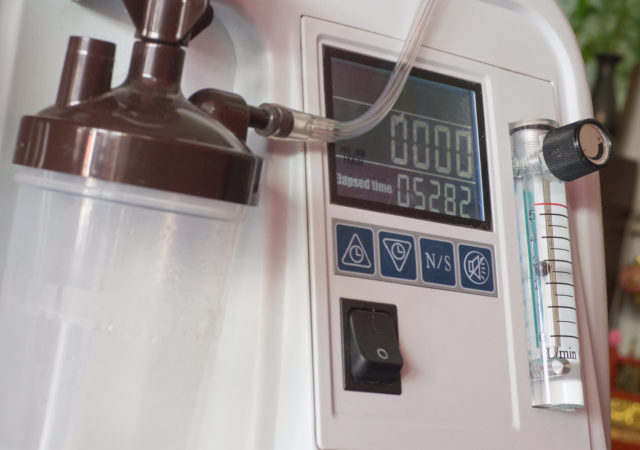As the market is full of a great deal of variety, choosing the best HEPA air purifier for allergies is not a simple task. Here is how a typical HEPA air purifier works against allergens in the air such as pollen, mold, and others. And what that means for your allergy to pollen, mold, dust mites, etc. Here’s a guide to what you should be looking for in a HEPA air purifier and what may be the unnecessary features to pay for. The following are the types of HEPA air purifiers.
Standard HEPA
HEPA air purifiers that have the standard “true-HEPA” filters (i.e. 99.97% efficiency at 0.3 microns particle size) without any added technologies in the unit. HEPA filters work on allergens, whereas the mesh of fibers undergoes impaction, diffusion, sieving, and interception to collect the pollutants from the air passing through. When it comes to small particles, HEPA is designed and tested to capture particles of 0.3 microns in size. This specific size is chosen because it is the size of a particle that is most likely to penetrate through a HEPA filter by either being too small to be sieved and or being too large to be subject to diffusion.
Electrostatic HEPA
Some HEPA filters have electrostatically charged filters as well. This means that the fibers were manufactured to carry out static charge during the process. Some pollutants are attracted to a particular charge (positive or negative) and this addition helps in increasing the efficiency of the interception mechanism.
HEPA with UV-C
UV-C is a specific type of ultraviolet light with mutagenic properties. This helps the HEPA filters by sterilizing biological contaminants trapped in the filter. The UV-C light eliminates germs by disrupting the DNA of the germs and making them unable to reproduce. Else, microbes can feed on the trapped dirt in the filter and multiply pretty fast and eventually fill the filter and ride the air currents back into the room.
HEPA With Metal Oxide Catalyst
A catalyst is a substance that speeds up a chemical reaction without being directly involved in the reaction. Many air purifiers feature a metal oxide (mostly titanium dioxide) catalyst that reacts with the pollutants to vaporize or decompose them into their component parts. This is a stand-alone mechanism inside a purifier and it is usually placed after the HEPA in the flow of air through the device.








